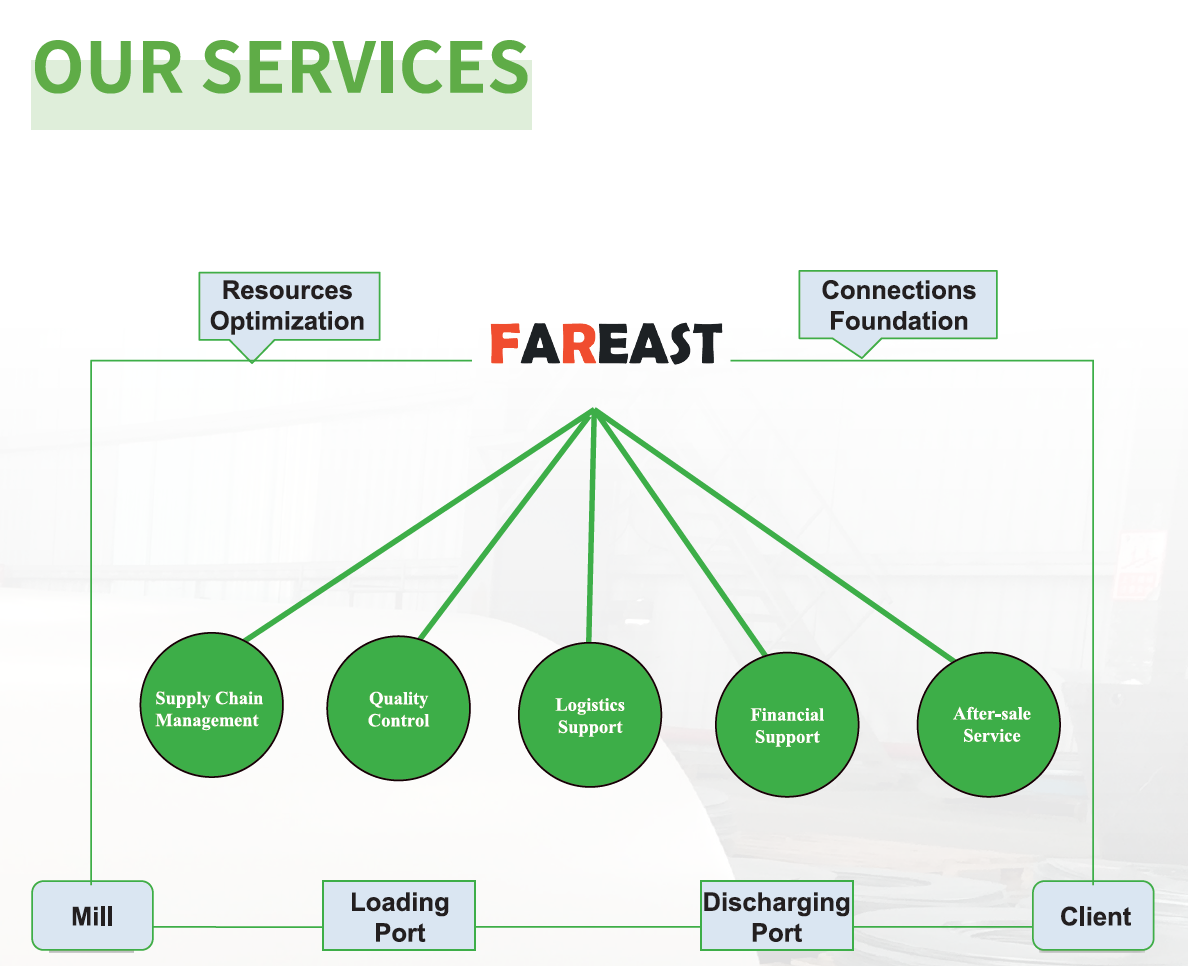The circulation of bulk commodities is a complete industrial chain from upstream raw materials to downstream consumer terminals, and steel trade is also a bridge connecting supply and demand. The emergence of intermediate links in trade is the result of social division of labor and the joint optimization of marketization by both upstream and downstream ends. The essence of business is to respond to price and market information to achieve the highest value of goods and promote the efficiency of commodity exchange to realize value. Steel trade relies on eliminating natural or man-made obstacles in the circulation process, improving smoothness, and enhancing industry operational efficiency to obtain profit margins. The evolution of China's steel trade sector is also advancing along this essential main line. The circulation of steel is arranged through the centralized and unified planning of the planned economy, followed by the division of labor in material trade, comprehensive services, and a market-oriented development path that prioritizes efficiency. With the rapid growth of China's steel industry from supply shortage to oversupply and the gradual standardization and maturity of the industrial market, the trade and circulation field has also gone through a transformation from relying on the advantage of information asymmetry channels for profit, to site aggregation scale, integrated warehousing, processing and distribution, extended trade and financial support upstream and downstream, to the emergence of steel e-commerce, to using information and digital technology to integrate resources and connect supply chain integration service providers at the top of upstream and downstream, and the trend of digital intelligence accelerating information flow to bring about industry changes.
The development of the circulation field is driven by constantly discovering and solving industry problems and improving market efficiency in the face of competition. An efficient supply chain ensures the smooth transmission of raw materials, promotes social prosperity, finds survival space for trade in price fluctuations, and finds trading opportunities in temporary price mismatches caused by market fluctuations. In the long run, it will not fuel turbulence, and through continuous arbitrage, it can restore market balance, improve market efficiency and transparency. With the deepening development of financial markets and the emergence of industrial financialization, the efficiency of price discovery markets continues to improve, market prices become more transparent, and market environment changes more rapidly and complexly. The industry is facing new and complex situations.
Currently facing a global economic slowdown and domestic economic structural adjustment, the demand growth rate is facing uncertainty and even decline; With the development of commodity economy, the concentration of upstream and downstream industries continues to increase, and the discourse of trade intermediaries is under pressure due to the loss of profits; Homogenized products, macro trend evolution, uncertain geopolitics, and potential regional black swan events bring about the risk of severe price fluctuations. Steel trading enterprises rely on their past advantages in upstream and downstream channels, backed by customer relationships with steel mills, information asymmetry, time and spatial differences, and engage in market price games, betting on goods and market trends to earn price differences. The extensive operation is nearing its end. With the progress of social economy, the development of industries and the evolution of competition patterns, the maturity and improvement of financial markets, the prominent financial attributes of steel products, and the better performance of futures in price discovery, risk avoidance, and resource allocation functions; The traditional game of buying low and selling high to earn price differences has become unsustainable due to limited space, and when the industry is in a cyclical trough, the average profit of the industry will be lower than 0. This requires enterprises to shift from passive risk tolerance to active risk management and upgrade their business models. The prosperous development of the black commodity derivatives market has provided external conditions and new opportunities. From the listing of rebar futures on the Shanghai Futures Exchange on March 27, 2009 to the listing and trading of rebar options on the Shanghai Futures Exchange on December 26, 2022, the categories of black commodity derivatives have been continuously enriched and improved, and the pricing method of futures has been widely accepted by all parties in the market. Combining financial derivatives and digital technology for business model innovation, examining the current business situation, identifying upstream and downstream industry bottlenecks and pain points, and promoting cross product and cross industry integration of current and future business models has become necessary and feasible. It is necessary to shift from the upstream and downstream price confrontation game to obtaining reasonable basis and service profits, improving operational capabilities through lean production, achieving sustainable profits, controlling risks in competition, and maintaining competitiveness.

Our team has studied and sorted out the history, current situation, and future trends of the development of China's steel industry and circulation sector. We believe that in the trade sector, we should maintain a fighting spirit, have a clear understanding of the current competitive situation and business difficulties, not fear competition, actively participate in competition, continuously improve and enhance our ability to obtain resource information, process data, and apply financial derivatives, create effective ways to solve and optimize business models, improve industry efficiency, and then transform them into our competition advantages, and continuously create value for suppliers and customers. We also believe that sincerity builds trust, competitive prices build the foundation of our business, and high-quality products, services, and rational transactions build business sustainability. We welcome industry customers and colleagues to inquire about our company and engage in communication and cooperation.